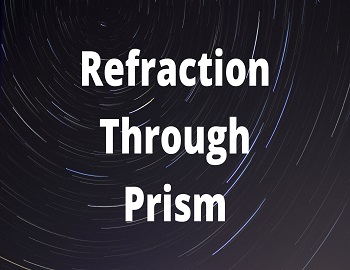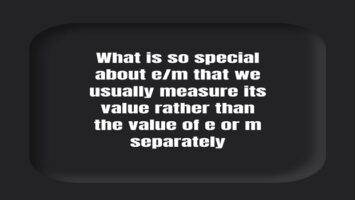Table of Contents
Reciprocal Lattice:
In a crystal lattice, there exist many sets of planes, with different orientations and spacings, which can cause diffraction. The below figure shows three sets of lattice planes with interplanar spacings d1, d2, and d3. Let us draw, from a common origin, normals to all sets of planes, the length of each normal being proportional to the reciprocal of the interplanar spacing of the corresponding set. Then, the end-points of the normals form a lattice which is called the ‘reciprocal lattice’.

Each point in the reciprocal lattice preserves the characteristics of the set of planes that it represents. Its direction with respect to the origin represents the orientation of the planes, and its distance from the origin represents the interplanar spacing of the planets.
Properties of Reciprocal Lattice:
(1) Every crystal structure has two lattices associated with it, the crystal lattice and the reciprocal lattice. A diffraction pattern of a crystal is a map of the reciprocal lattice of the crystal. A microscopic image is a map of the crystal structure in real space. Thus when we rotate a crystal in a holder, we rotate both the direct lattice and the reciprocal lattice.
(2) Vectors in the direct lattice have the dimensions of [Length]. Vectors in the reciprocal lattice have the dimensions of length-1.
(3) A crystal lattice is a lattice in real space. The reciprocal lattice is a lattice in the Fourier space associated with the crystal.
(4) Each point in a reciprocal lattice corresponds to a particular set of parallel planes of the direct lattice.
(5) The distance of a reciprocal lattice point from an arbitrarily fixed origin is inversely proportional to the interplanar spacing of the corresponding parallel planes of the direct lattice.
(6) The volume of a unit cell of the reciprocal lattice is inversely proportional to the volume of a unit cell of the direct lattice.
(7) The unit cell of the reciprocal lattice need not be a parallelepiped. In fact, we almost always deal with the Wigner-Seitz cell of the reciprocal lattice. This is called a Brillouin zone.
(8) The direct lattice is the reciprocal of its own reciprocal lattice.
(9) Simple cubic lattice is its own reciprocal. bcc and fcc lattices are reciprocal to each other.
Importance:
A diffraction pattern of a crystal is a map of the reciprocal lattice of the crystal. The Bragg’s diffraction law can be expressed in terms of the reciprocal lattice vector G, as
| 2k . G + G2 = 0 |
Here, k is the wave vector of the incident wave. This equation is very important in wave propagation and elastic scattering in crystal lattices. A similar result arises in the theory of the electron energy band structure of crystals. Thus the concept of reciprocal lattice is very important in the study of lattice dynamics of solids.









Comments (No)